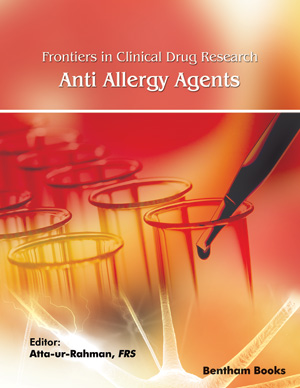Abstract
Resistin is a cytokine that has gained popularity over the last decade for its
roles in allergic and inflammatory reactions. It is a cysteine-rich protein secreted
mostly by macrophages in humans and adipocytes in mice. It was first identified as a
small molecule that mediates insulin resistance in rodents. Following the discovery of
resistin, many researchers have started investigating its activity in a wide range of
pathological conditions where inflammation is present. Findings from these studies
have revealed that resistin serves a major function in almost all inflammatory diseases.
Elevated serum resistin levels have been associated with allergic contact dermatitis,
atherosclerosis, osteoarthritis, obesity, neurological and cognitive disorders, and
cancer. Therefore, it is critically important to understand the exact role of resistin in
these pathological conditions to develop an effective therapeutic approach. So far, four
receptors are known to interact with resistin. Two of these receptors, toll-like receptor 4
(TLR4) and adenylyl cyclase-associated protein 1 (CAP1), are present on the
membrane of human macrophages. The other two receptors, receptor tyrosine kinaselike
orphan receptor 1 (ROR1) and decorin (DCN), are found in mice. Even though it is
possible that ROR1 exists in humans, too, there is still an open question regarding other
receptors that interact with resistin in humans. However, accumulated data suggest that
resistin is involved in multiple signaling pathways via binding to TLR4 and CAP1.
This chapter aims to elaborate on the multi-faceted roles of resistin in cellular events as
well as its contribution to allergic and inflammatory diseases with a focus on cancer
formation based on the current and most recent findings.
Keywords: Adipokines, Allergy, Cancer, CAP1, Cytokines, Diabetes, IL-6, Inflammation, Resistin, TLR4, TNF-α.






















